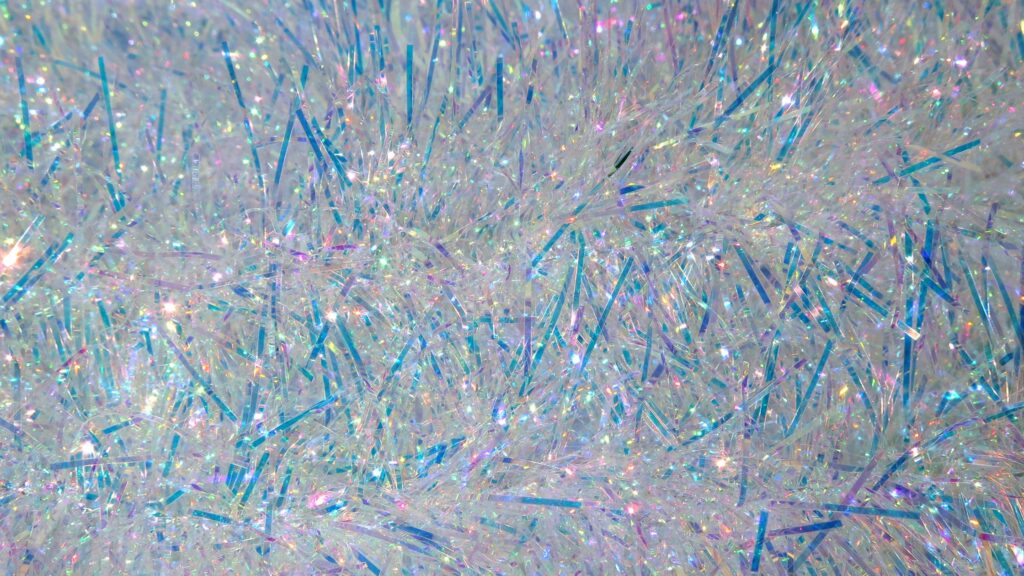Microplastics are small plastics that break down during several chemical and industrial processes and enter the environment. They are different from microbeads, which are designed for different cosmetic industries. However, similar to plastics, they can impact the environment and its components—plants and animals. Moreover, ongoing studies suggest the various effects of microplastics on the human body.
Microplastics Effects On Human Body
Microplastics enter the human body through food, water, and air. As a result, it’s nearly impossible to escape from these particles today. Upon entering the human body, the fine particles can interact and cause problems in the cells. Thus, it’s important to understand more about microplastics and ways to limit their effect on human beings.
Understanding The Issues
The world can not escape plastic—it is one of the most important and worst inventions of the human mind. In the 21st century, the use of plastic is rising exponentially in different areas. Plus, there are already numerous tons of it in the environment. And unlike large plastic, it’s nearly impossible to clean it from the ecological sphere. Therefore, there are not many options to tackle the situation of the increase in microplastics.
The different sources of microplastics are given below. These particles reach humans through ingestion, inhalation, and even dermal contact.
- Synthetic textiles
- Vehicle tyres
- Road markings
- Cosmetics
- Plastic pellets
- Marine coatings
- City dust
Health Problems By Microplastics
Studies suggest that microplastics are very dangerous to living beings as they act as toxic substances. In addition, newer implications unfold with the latest plastics research, predicting the critical effects on the human body.
Here are some of the issues that result from microplastics.
- Immune Disorders
- Metabolic Problems
- Neural Toxicity
- Reproductive Development
Tips For Minimising Exposure
After learning about the harmful nature of microplastics and their severe effects on the human body, it’s resourceful to limit exposure. At present, minimising exposure to microplastics is the only way to prevent the problems mentioned previously.
Some of the ways to minimise the exposure to microplastics are given below:
- Use of natural fibres.
- Better filtration methods for air and water.
- Don’t use plastic bottles.
- Avoid seafood from outlets.
- Appropriately washing the synthetic clothes.
- Reducing the use of cosmetic products.
How To Reduce Microplastics Effects on Human Body?
Reducing microplastics effects on human body is not an easy task. First of all, there are already tons of particles present in the air and water around you. Secondly, no one knows the effects of microplastics on an individual scale. Therefore, the best option is to undergo a lifestyle change so that you can reduce the intake of microplastics.
Future Of Plastic Management Policies
Plastic or waste management is a surging issue of our time, and it needs full attention. Individually, nothing much can happen except changing one’s lifestyle. But it does not matter if the whole environment is full of pollutants. Not only that, the study still needs to find the effects of nanoplastic particles, which can be more harmful. So, creating awareness worldwide is the first and foremost step towards a sustainable life.
Wrapping Up!
Microplastics, small plastics that break down during chemical and industrial processes, can impact the environment and its components, including plants and animals. They enter the human body through food, water, and air, causing health problems such as immune disorders, metabolic issues, neurological toxicity, and reproductive development.
To reduce the effects of microplastics, individuals should use natural fibres, improve air and water filtration, avoid plastic bottles, avoid seafood, wash synthetic clothes properly, and reduce cosmetic product use. Future plastic management policies should focus on creating awareness and addressing the issue of nanoplastics.
Frequently Ask Questions (FAQs)
Are microplastics harmful to humans?
Yes, microplastics are harmful and toxic to human beings.
What is the most significant source of microplastics?
Synthetic fibres or fabrics are the most significant source of microplastics.
What are examples of microplastics?
The various examples of microplastics are:
- Polyethylene
- Polypropylene
- Acrylic
- Polyester
- Polystyrene
What foods have microplastics?
Fruits and vegetables have the most microplastic particles on their surface per gram.


Pingback: How To Find Microplastics In Food And Water?